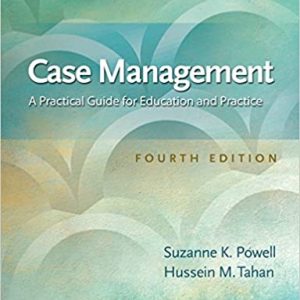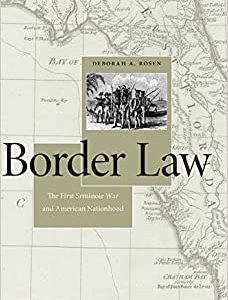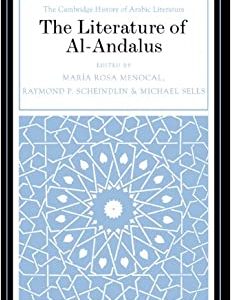Vis-? -vis Beginning French (Student Edition) 7th Edition by Evelyne Amon
By: Evelyne Amon
Publisher: McGraw-Hill Higher Education
Print ISBN: 9781259904035, 1259904032
eText ISBN: 9781260136708, 1260136701
Edition: 7th
Copyright year: 2019
Vis-?-vis engages students with its unique integration of contemporary culture and communicative building blocks providing tools to build a solid foundation in introductory French. Building communicative competence with Vis-?-vis One of the major challenges of the introductory language course is to give each student ample exposure to the language and sufficient opportunity to practice speaking both in and out of the classroom. To parallel print versions of the text and Workbook/Laboratory Manual we offer the same content on the Connect platform where students have full access to the eBook online Workbook/Laboratory Manual activities LearnSmart and all accompanying audio and video resources. In Vis-?-vis the following resources work together to promote communicative competence: Interactive vocabulary presentations (Paroles) include audio recordings allowing students to listen record and practice new vocabulary outside of class. Interactive activities for vocabulary and grammar many of which are auto-graded give students the opportunity to complete their assignments and come to class better prepared to participate in paired and group activities. Prononcez bien! activities include a recording feature and provide students with opportunities for discrete-word and contextualized practice that help students develop confidence in their speaking abilities. Recordings of lively mini-dialogues featuring the blog characters give students a spirited introduction to the new grammatical structure in context. Seventeen Grammaire interactive tutorials each with a brief practice quiz focus on structures that students typically struggle with such as pass? compose vs. imparfait. LearnSmart modules for vocabulary and grammar are available specifically for Vis-?-vis. This powerful adaptive tool helps students pinpoint their weaknesses and gives them an individualized study program based on their results. Audio prompts for vocabulary and grammar help students strengthen both their listening and writing skills. With these powerful tools students have many opportunities to build their communicative skills and instructors save valuable class time for interactive practice. Building cultural competence with Vis-?-vis The program?s meaningful and extensive exploration of the rich culture of France and the Francophone world is fully supported throughout the program. Each four-chapter segment of Vis-?-vis focuses on a new French or Francophone character and region. The personal online journal entries in Le blog de? the related Reportage and the Bienvenue? readings that precede Chapter 1 and follow Chapters 4 8 12 and 16 expose students to contemporary language and the vast diversity of life and culture in France Canada Tunisia and beyond. Le videoblog de? and the stunning Bienvenue video segments feature the bloggers and give students a window into the sights and sounds of eight different French-speaking regions/countries including France Martinique and Tahiti. Each video is accompanied by comprehension and cross-cultural comparison activities that encourage students to make connections between their culture and those of the French-speaking world.A brand-new feature has been added below the Reportage entitled Le Micro-trottoir. Le micro-trottoir provides students a chance to see everyday language in action through recorded ?man-on-the-street? interviews featuring a diverse group of people. The interview questions are provided in the text and students will hear the interviewees respond to these questions in the video. Instructors can use these questions as a pre-viewing activity or have students ask and answer them after they watch the video. Additional activities based on the interviews are available in Connect.In the 7th edition we also added a new feature entitled Sondages to all even-numbered chapters. Sondages are culture-based activities in which students look at statistics about French life and compare to their own lives. The results could serve as a basis for an end-of-semester cross-cultural comparison project.











